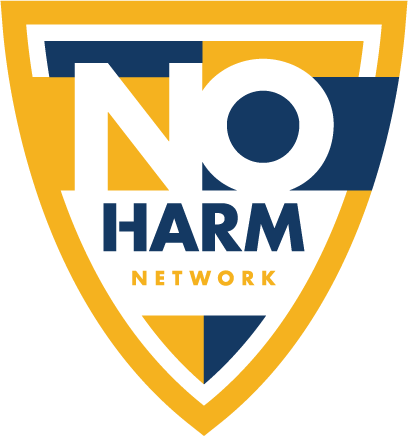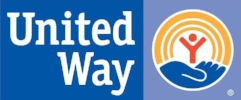Recognizing Domestic Violence Awareness Month
/Written By: Jessica Brazeal, MA, LPC-S, NFNL Chief Programs Officer
As the temperature outside cools and we move into the fall, we recognize October as Domestic Violence Awareness Month. I began my career at Genesis Women’s Shelter & Support, another local non-profit that supports women and children that have been impacted by domestic violence, spending thousands of hours counseling women in abusive relationships. When I arrived at New Friends New Life, I quickly realized, without much surprise, that so many of the elements present in domestic violence are also present in trafficking. Additionally, more than 75% of the women we serve have also experienced domestic violence directly.
Domestic Violence Defined
Domestic violence affects 1 in 4 women nationally and 1 in 3 women in Texas. Those are staggering numbers and means that if you are a woman reading this, either you or someone you know well has likely been affected by this issue. Domestic violence, at its core, is about power and control in a relationship with an intimate partner. It is about establishing and maintaining that control at all costs using a variety of tactics. It is often referred to as the systematic diminishment of a woman in her home.
When we refer to domestic violence, we are referring to four different types of abuse that gradually progress and escalate over time: verbal abuse, emotional abuse, physical abuse, and sexual abuse. The abuse rarely begins in an overt way as physical or sexual abuse; rather, it starts subtly with nuanced mechanisms that are designed to establish a pattern of control, like asking a woman to wear a different outfit because he doesn’t want anyone else looking at her, usually guised initially to be coming from a place of safety and concern. On the surface, this may feel protective or flattering. In reality, this is a control device that is used to establish power in the relationship. This is seen as the relationship progresses and this idea transforms into, “Who are you trying to impress by dressing like that? Go change.” Once the abusive partner has ensured that the victim is fully committed to the relationship, they will typically employ different strategies and tactics to control and regulate the victim’s behavior (Bancroft, 2002.)
Domestic Violence and Sex Trafficking
By its very nature, the dynamic between a woman and her trafficker can function either exactly as a domestic violence relationship if a woman is actively engaged in a relationship with her trafficker or strongly mirror those same dynamics in the trafficking function (Nichols, Edmond & Heil, 2018). The dynamics of power and control are at the core of the trafficker’s interactions with a survivor and abuse is often used as a mechanism to establish and maintain that control in the same way that it is in an abusive intimate partner relationship. Additionally, in the same way that abusive partners look for vulnerabilities that would make a partner more easily controlled, traffickers often use similar tactics to assess for vulnerabilities that would allow someone to be more easily susceptible to being trafficked.
Lundy Bancroft describes in his book Why Does He Do That? (2002) that there are abusive men who seek out partners that have less life experience, knowledge, or self-confidence that will look to this man as a teacher or mentor. He describes that this type of abusive man seems to be drawn to the power imbalance. One might make the same argument for the way in which traffickers identify women to approach and recruit. Because of this strong overlap, it is imperative that agencies are working across issue lines to support women who have or will experience both domestic violence and trafficking and exploitation. It is incumbent upon us to create the most vast and strong safety net we can create to support survivors in the most comprehensive way possible.
Partnering to Make an Impact
At New Friends New Life we actively assess and safety plan around any current safety issues that might pertain to an ongoing abusive relationship that a member might be in. I recently had the opportunity to meet with the Genesis Women’s Shelter & Support direct services staff to discuss ways in which they can be assessing their clients for any history or experience of trafficking and exploitation. We rely on our friends at Genesis and other local domestic violence shelters when a woman leaving an abusive relationship needs a safe place to stay. Together, we can all make Dallas the safest place it can be for women.
References
Andrea Nichols, Tonya Edmond, and Erin C. Heil, eds. (2018). Social Work Practice with Survivors of Sex Trafficking and Commercial Sexual Exploitation. New York, NY: Columbia University Press.
Bancroft, L. (2002). Why does he do that? Inside the minds of angry and controlling men. New York, NY: G. P. Putnam's Sons.





















